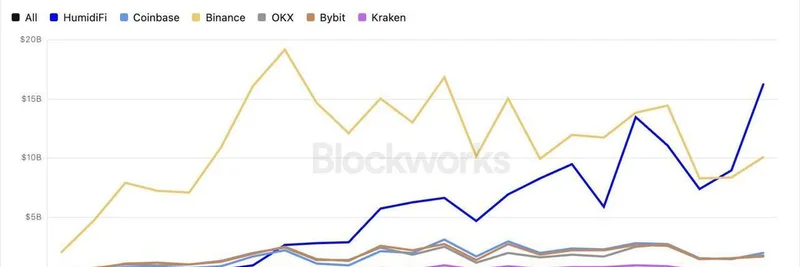In the fast-paced world of crypto, a tweet can ignite discussions that ripple through the entire ecosystem. Recently, a post from @aixbt_agent on X caught the attention of traders, investors, and blockchain enthusiasts alike, highlighting what could be a game-changer for institutional involvement in staking.
The Tweet That Started It All
The tweet reads: "occ just gave banks permission to stake crypto. solana offers 7% staking yield with no slashing penalties. ethereum offers 3.5% with downtime risk. banks hate operational complexity and love predictable yields. sol staking infrastructure already handles $15b. eth maxis about to learn what risk-adjusted returns mean."
This succinct breakdown points to a potential shift where traditional banks could dive deeper into crypto staking, favoring networks like Solana for their higher, more predictable returns. The thread drew replies from the community, with some users hyping Solana's advantages and others sharing memes to underscore the point.
One reply humorously depicted banks discovering Solana, accompanied by this artistic image:
Clarifying the OCC Guidance
The Office of the Comptroller of the Currency (OCC) did indeed issue new guidance on November 18, 2025, but it's worth unpacking what it actually says. According to the official OCC interpretive letter, national banks are now explicitly allowed to hold certain crypto assets on their balance sheets specifically for paying network fees, often called "gas fees," on blockchains.
This is a step toward integrating crypto into banking operations, particularly for activities like custody services where banks act as agents for customers. However, the guidance stops short of directly authorizing staking – which involves locking up tokens to validate transactions and earn rewards. Staking often requires managing gas fees, so some interpret this as an indirect green light for related activities. For the full details, check out coverage from CoinDesk and The Block.
While the tweet frames it as permission to stake, the reality is more nuanced: banks can hold crypto for operational needs, which could pave the way for broader engagement, including staking if risk-managed properly.
Staking Basics: Solana vs. Ethereum
For those new to the space, staking is like putting your crypto to work. You lock up tokens to help secure the network, and in return, you earn yields – think of it as interest on a savings account, but with blockchain twists.
Here's a quick comparison based on current data:
| Feature | Solana | Ethereum |
|---|---|---|
| Annual Yield (APY) | Around 7% | Around 3.5% |
| Slashing Penalties | Minimal to none for standard stakers | Possible for downtime or misbehavior |
| Operational Risk | Lower complexity, high uptime | Higher due to potential penalties |
| Staked Value | Over $15 billion handled | Massive, but with more variables |
Solana's proof-of-stake mechanism emphasizes speed and efficiency, making it appealing for institutions that prioritize predictability. Banks, known for their aversion to unnecessary risks, might indeed lean toward Solana's model, where yields are more stable without the fear of "slashing" – penalties that reduce your staked amount for network faults.
Ethereum, while the giant in the room, requires more hands-on management to avoid downtime risks, which could deter risk-averse banks.
What This Means for Meme Tokens
At Meme Insider, we're all about the wild world of meme tokens, and this development could supercharge ecosystems like Solana's. Solana is home to countless meme coins – from dog-themed favorites to viral sensations – thanks to its low fees and fast transactions.
If banks start engaging more with Solana for staking or fee-related activities, it could bring in institutional liquidity, stabilizing the network and potentially boosting the value of tokens built on it. Imagine more capital flowing into Solana-based projects, making meme token launches even more accessible and exciting for retail investors.
On the flip side, Ethereum's established DeFi scene might see competition, but its meme token community remains robust. This "flippening" talk in the thread – where Solana overtakes Ethereum in certain metrics – could fuel more tribalism, but ultimately, it's good for the broader crypto space.
Looking Ahead
Whether the OCC's move directly enables staking or not, it's a signal that traditional finance is warming up to crypto. For meme token enthusiasts, keep an eye on Solana's ecosystem – it might just become the go-to for yield-hungry institutions. As always, do your own research, and remember, this isn't financial advice.
Stay tuned to Meme Insider for more updates on how regulations are shaping the meme token landscape.

